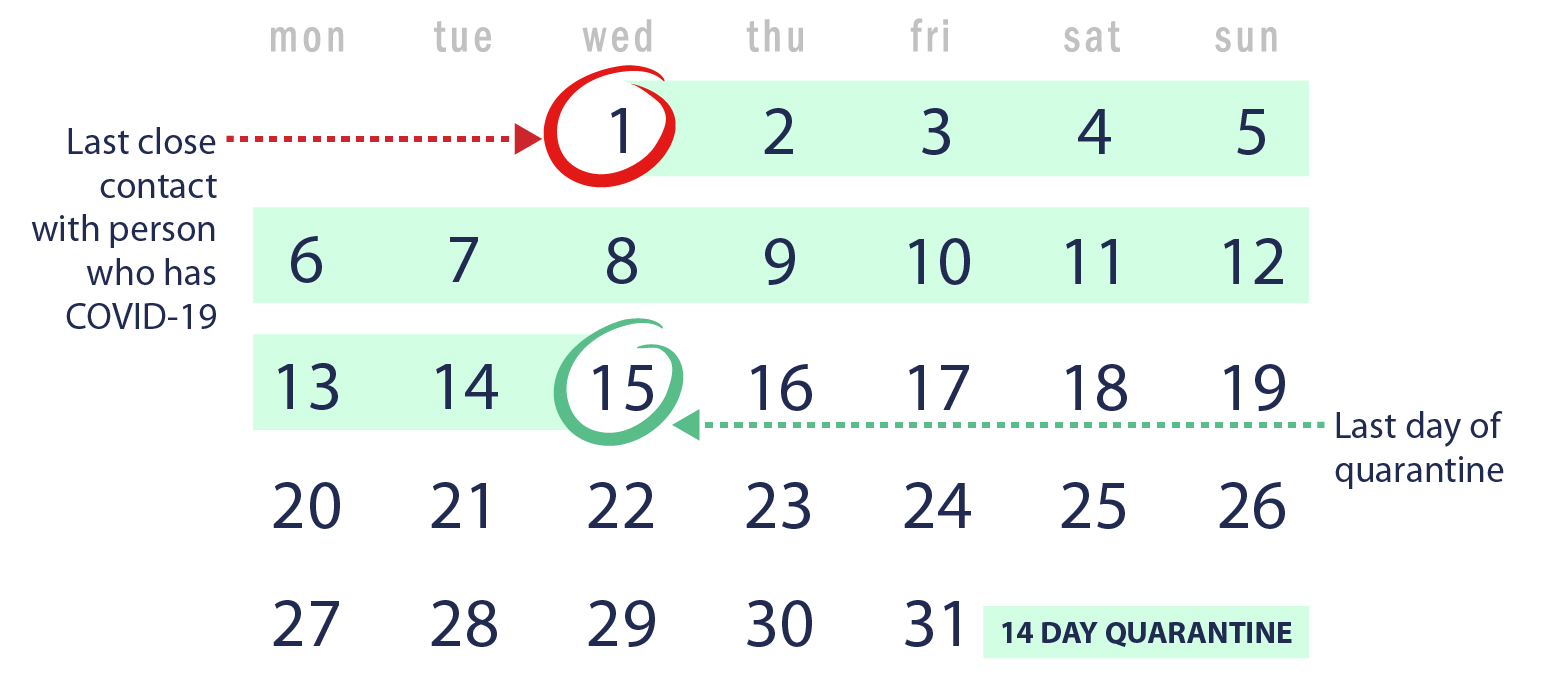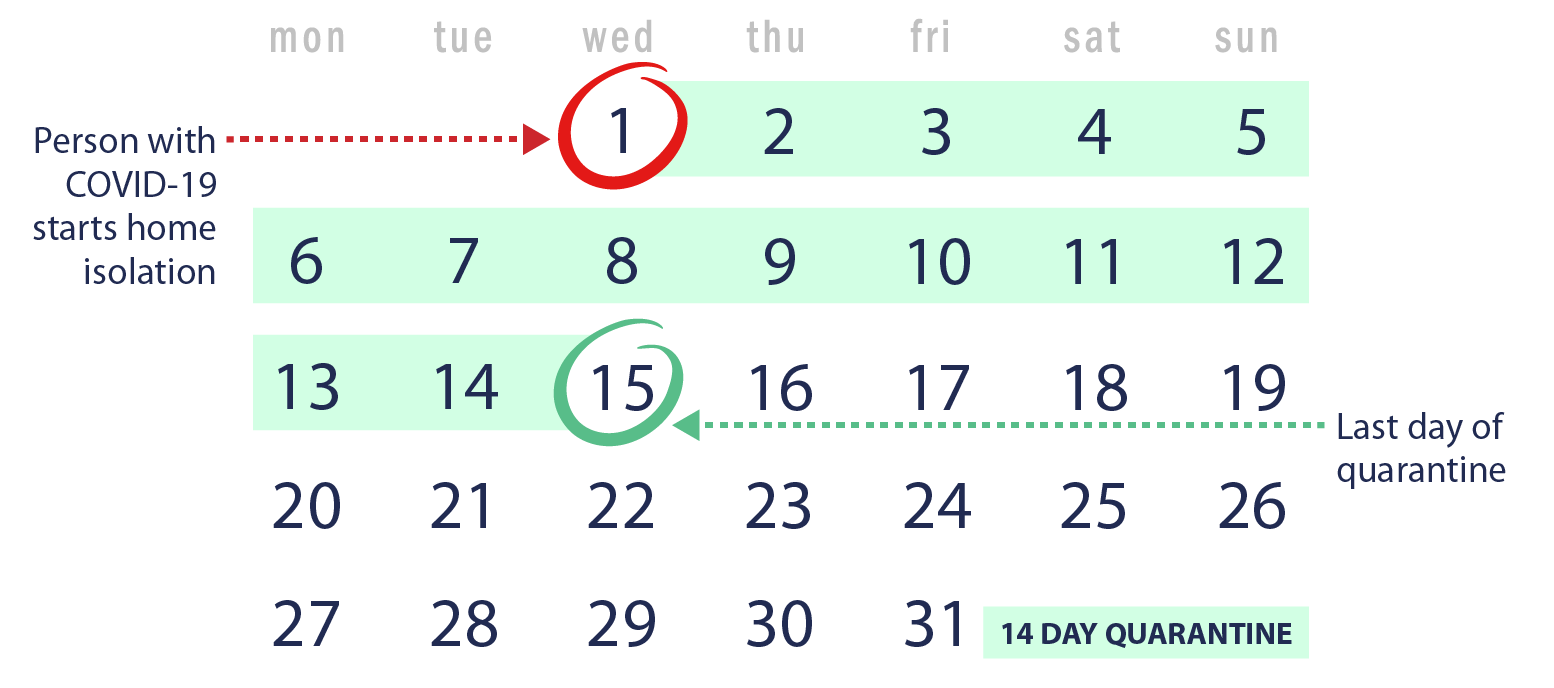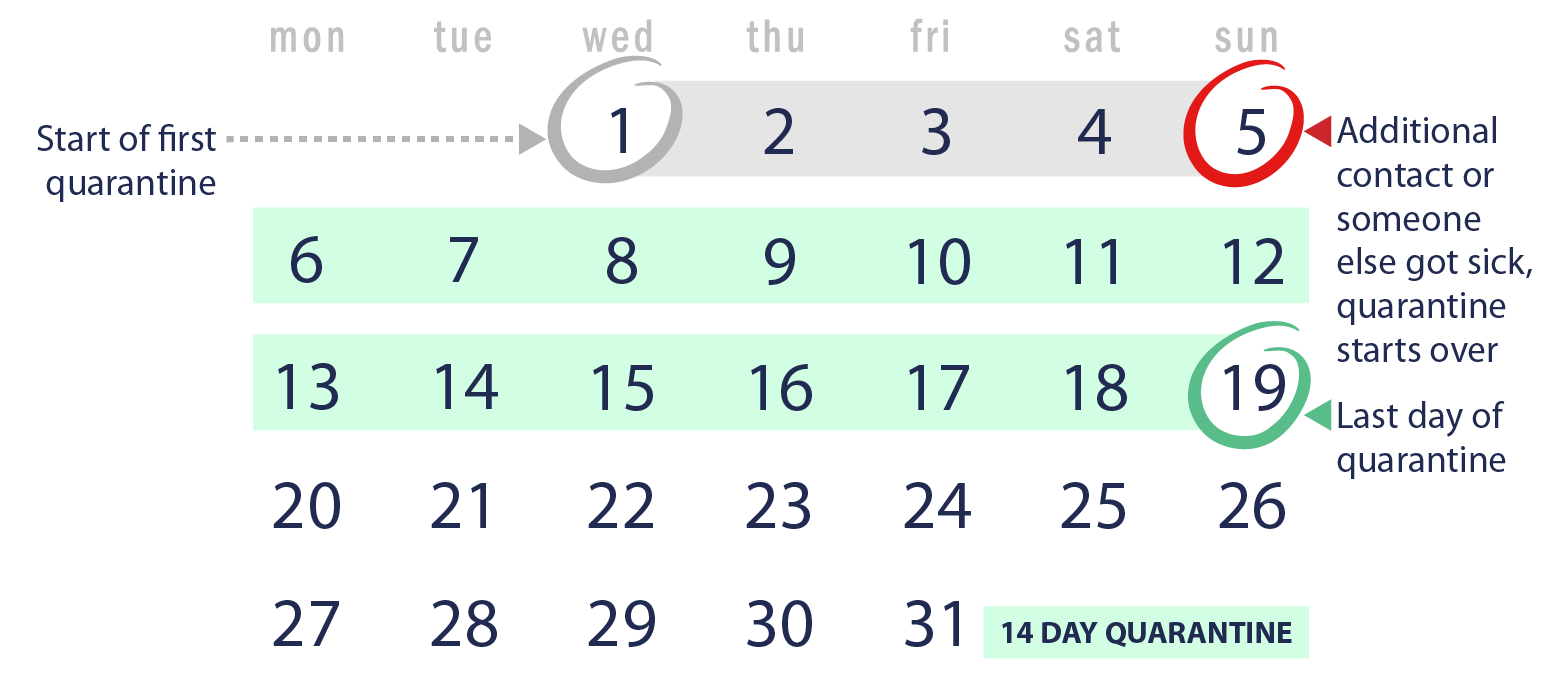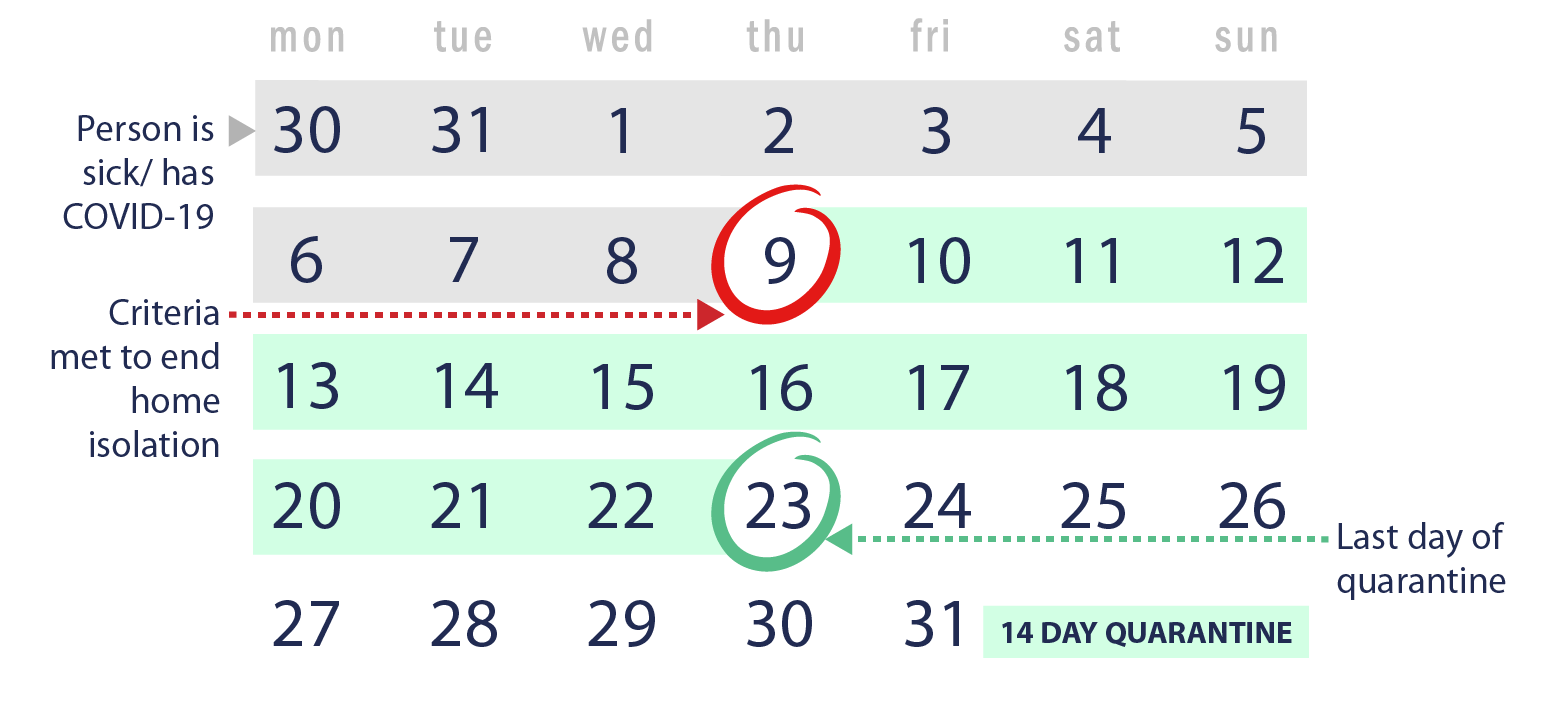[Org Name]
COVID-19 Policy
October 16, 2020
Our goal is to have an environment where close contact with others is less than 15 minutes during practices or trainings.
What is Skyline’s mask policy for players?
Players and Coaches must have a mask (or face shield) covering their nose & mouth anytime not physically active on the court. (e.g. team meetings or discussions, time-outs, on the bench, on the sideline during practices, before and after practices, etc.)
What are the consequences if I do not wear a mask?
I tested positive (or presumed positive) for COVID-19:
If I did not wear a mask as directed and I am positive (or presumed positive) for COVID-19, then we likely will quarantine the team.
One of my teammates tested positive (or presumed positive) for COVID-19:
If I did not wear a mask as directed and one of my teammates are presumed positive for COVID-19, then we likely will require you to quarantine even though we may allow the rest of the team to continue training and competition
What can I do during practices to allow my team to continue to play even if I test positive for COVID-19?
| - | The main objective is to prevent close contact with teammates. |
| - | Avoid socializing before, during, and after practices within 6-feet of teammates. |
| - | Always wear a mask (covering your nose and mouth) when within 6-feet of your teammates and not physically active. |
| - | Avoid touching other teammate’s hand or face (high-five, slap hands, etc.). |
| - | Avoid touching your face, mouth and eyes during practices. |
| - | Wash your hands or use hand sanitizer every timeout and every 30 minutes if possible. |
A player on my Skyline team tested positive (or is presumed positive) for COVID-19, am I required to quarantine?
See scenarios below to determine if you should quarantine from Skyline events.
If you do not know who the infected person is on your team, answer the below questions with the assumption that everyone on your team was infected with COVID-19.
Have you had COVID-19 withing the past 3 months?
• If Yes, then you do not need to quarantine.
• If No, then review the below...
Did you travel in a car with the infected person within 2 days before the person had any symptoms or tests positive?
• If Yes, then you DO need to quarantine.
• If No, then review the below...
How effective was the practice/training environment to prevent the spread of COVID-19?
| - | Did you AVOID socializing before, during, and after practice with the infected person? |
| - | Did you AVOID touching other teammate’s hands or face (high-five, slap hands, etc)? |
| - | Do you AVOID touching your face, mouth or eyes during practice? |
| - | Did you go wash your hands or use hand sanitizer frequently (every 30 minutes) during practice? |
| - | Did you have a mask (or face shield) covering your nose and mouth during every team discussions, time-out, or meeting? |
| - | Did you have a mask (or face shield) covering your nose and mouth everytime you were not physically active on the court? |
If you answered YES to ALL of the above questions, we allow you to continue participating at Skyline events. Please understand the above screening are not an approved CDC screening. You may choose to quarantine even if you answered YES to all the above questions.
When can I be around others after I had (or likely had) COVID-19
When you can be around others (end home isolation) depends on different factors for different situations.
Find CDC’s recommendations for your situation below.
I think or know I had COVID-19, and I had symptoms
You can be with others after
| - | At least 10 days since symptoms first appeared AND |
| - | 24 hours with no fever without fever-reducing medication AND |
| - | Other symptoms of COVID-19 are improving**Loss of taste and smell may persist for weeks or months after recovery and need not delay the end of isolation |
If you had severe illness from COVID-19 (you were admitted to a hospital and needed oxygen), your healthcare provider may recommend that you stay in isolation for longer than 10 days after your symptoms first appeared (possibly up to 20 days) and you may need to finish your period of isolation at home. If testing is available in your community, your healthcare provider may recommend that you undergo repeat testing for COVID-19 to end your isolation earlier than would be done according to the criteria above. If so, you can be around others after you receive two negative tests results in a row, from tests done at least 24 hours apart.
I tested positive for COVID-19 but had no symptoms
If you continue to have no symptoms, you can be with others after 10 days have passed since the date you had your positive test
If testing is available in your community, your healthcare provider may recommend that you undergo repeat testing for COVID-19 to end your isolation earlier than would be done according to the criteria above. If so, you can be around others after you receive two negative test results in a row, from tests done at least 24 hours apart.
If you develop symptoms after testing positive, follow the guidance above for “I think or know I had COVID, and I had symptoms.”
I have COVID-19 symptoms, but I choose not to get tested. Is my team still allowed to participate in practices and tournaments?
If a player chooses not to get tested, then they are presumed to be positive for COVID-19. See the scenarios under “A player on my Skyline team tested positive for COVID-19, am I required to quarantine?” to see if your team’s practice environment requires the team to be quarantined or not.
Who needs to quarantine?
People who have been in close contact with someone who has COVID-19 - excluding people who have had COVID-19 within the past 3 months
People who have tested positive for COVID-19 do not need to quarantine or get tested again for up to 3 months as long as they do not develop symptoms again. People who develop symptoms again within 3 months of their first bout of COVID-19 may need to be tested again if there is no other cause identified for their symptoms.
Steps to take when quarantined
Stay home and monitor your health
| - | Stay home for 14 days after your last contact with a person who has COVID-19 |
| - | Watch for fever (100.4◦F), cough, shortness of breath, or other symptoms of COVID-19 |
| - | If possible, stay away from others, especially people who are at higher risk for getting very sick from COVID-19 |
When to start and end quarantine?
You should stay home for 14 days after your last contact with a person who has COVID-19.
For all of the following scenarios, even if you test negative for COVID-19 or feel healthy, you should stay home (quarantine) since symptoms may appear 2 to 14 days after exposure to the virus.
See scenarios below to determine when you can end quarantine and be around others.
Scenario 1: Close contact with someone who has COVID-19 & will not have further close contact
I had close contact with someone who has COVID-19 and will not have further contact or interactions with the person while they are sick (e.g., co-worker, neighbor, or friend).
Your last day of quarantine is 14 days from the date you had close contact.
Result: Date of last close contact with person who has COVID-19 + 14 days= end of quarantine

Scenario 2: Close contact with someone who has COVID-19—live with the person but can avoid further close contact
I live with someone who has COVID-19 (e.g., roommate, partner, family member), and that person has by staying in a separate bedroom. I have had no close contact with the person since they isolated.
Your last day of quarantine is 14 days from when the person with COVID-19 began home isolation.
Result: Date person with COVID-19 began home isolation + 14 days = end of quarantine

Scenario 3: Under quarantine and had additional close contact with someone who has COVID-19
I live with someone who has COVID-19 and started my 14-day quarantine period because we had close contact. What if I ended up having close contact with the person who is sick during my quarantine? What if another household member gets sick with COVID-19? Do I need to restart my quarantine?
Yes. You will have to restart your quarantine from the last day you had close contact with anyone in your house who has COVID-19. Any time a new household member gets sick with COVID-19 and you had close contact, you will need to restart your quarantine.
Result: Date of additional close contact with person who has COVID-19 + 14 days = end of quarantine

Scenario 4: Live with someone who has COVID-19 and cannot avoid continued close contact
I live in a household where I cannot avoid close contact with the person who has COVID-19. I am providing direct care to the person who is sick, don’t have a separate bedroom to isolate the person who is sick, or live in close quarters where I am unable to keep a physical distance of 6 feet.
You should avoid contact with others outside the home while the person is sick, and quarantine for 14 days after the person who has COVID-19 meets the criteria to end home isolation.
Result: Date the person with COVID-19 ends home isolation + 14 days = end of quarantine

What counts as Close Contact?
| - | You were within 6 feet of someone who has or likely has COVID-19 for a total of 15 minutes or more |
| - | You provided care at home to someone who is sick with COVID-19 |
| - | You had direct physical contact with the person (hugged or kissed them) |
| - | You shared eating or drinking utensils |
| - | They sneezed, coughed, or somehow got respiratory droplets on you |
How effective was the Skyline practice/training environment to prevent the spread of COVID-19?
| - | Did you AVOID socializing before, during, and after practice with the infected person? |
| - | Did you AVOID touching other teammate’s hands or face (high-five, slap hands, etc)? |
| - | Do you AVOID touching your face, mouth or eyes during practice? |
| - | Did you go wash your hands or use hand sanitizer frequently (every 30 minutes) during practice? |
| - | Did you have a mask (or face shield) covering your nose and mouth during every team discussions, time-out, or meeting? |
| - | Did you have a mask (or face shield) covering your nose and mouth everytime you were not physically active on the court? |
If you answered YES to ALL of the above questions, we allow you to continue participating at Skyline events. Please understand the above screening are not an approved CDC screening. You may choose to quarantine even if you answered YES to all the above questions.
I am part of an outside group (e.g. school team) that has been quarantined within the last 14 days and I have no symptoms. Am I allowed to participate in Skyline training or competition?
NO. If you are part of another group that has been quarantined, then you are not allowed to participate in Skyline activities or with your Skyline teammates.
2009-{{varCurrentDate2.datetime.formatDate('yyyy')}} Skyline Sports, LLC or its affiliates